Quackgrass
- Grass (Poaceae family):
- Elytrigia repens (L.) Gould
- EPPO code:
- AGGRE
- Other names:
- Twitch, twitch grass, couch grass, quitch grass, scutch grass
Species information
- Lifecycle:
- Perennial.
- Propagation:
- Reproduces primarily by underground rhizomes, which produce new shoots when fragmented. Quackgrass also reproduces by seed, but less successfully.
- Emergence:
- Shoots will emerge from rhizomes throughout the season.
- Habitat:
- Common throughout Ontario, quackgrass is found in cultivated fields, pastures, lawns and gardens.
- Competitiveness:
- Agriculture and Agri-Food Canada research has shown that quackgrass densities of 20,000 plants/ac can result in a 15–18% yield loss in corn and soybeans.
Identification clues
- Auricles:
- Quackgrass auricles are whitish and clearly visible at the base of the leaf blade.
- Ligule:
- The Ligule is membranous, but very short and hard to see.
- Leaf blade:
- Leaf blades are generally hairless on both sides, sometimes fine hairy, especially the young ones.
- Leaf sheath:
- The leaf sheath and leaf sheath margins are generally hairless except for those at the base.
- Stem:
- Round
- Seed heads:
- Quackgrass’ seed heads are elongated, narrow spikes with two rows of spikelets, each containing 3–7 flowers.
- Roots and underground parts:
- Quackgrass produces numerous whitish-brown rhizomes that grow horizontally and can produce new shoots. Very fine fibrous roots grow from the rhizome nodes.
Often mistaken for
I know it's not Wire-stemmed muhly because quackgrass leaves have auricles, whereas those of wire-stemmed muhly do not. Also, wire-stemmed muhly has very wiry stems and short, thin leaves.
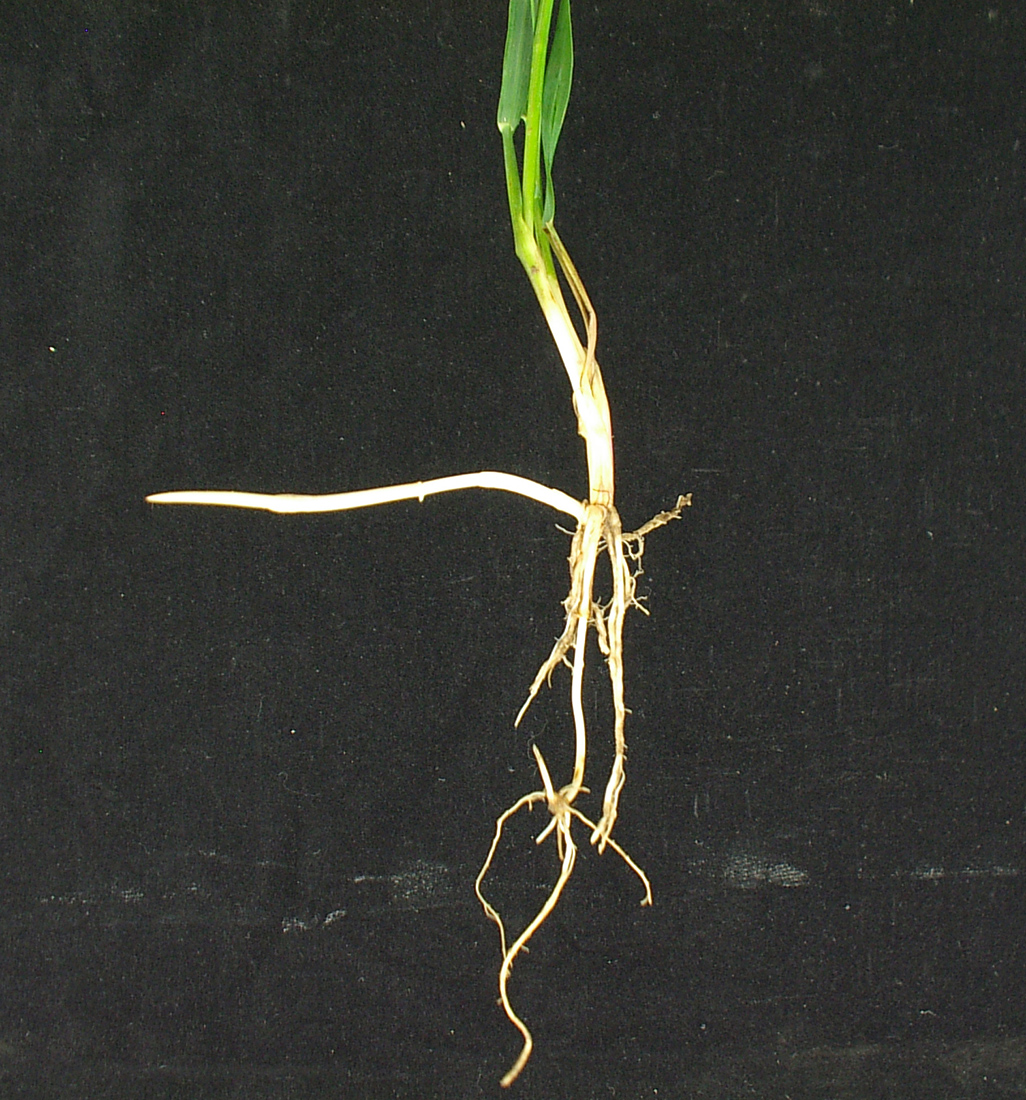
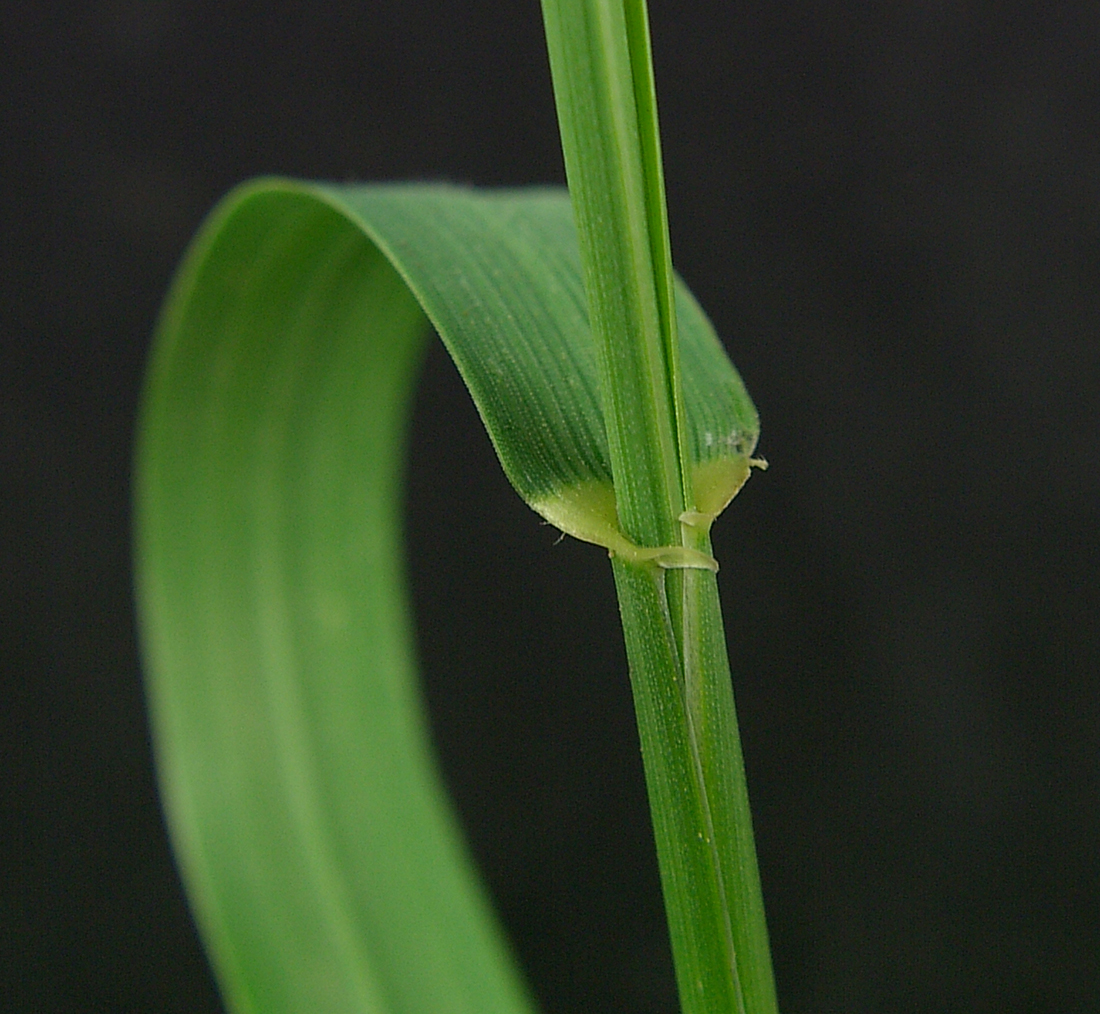
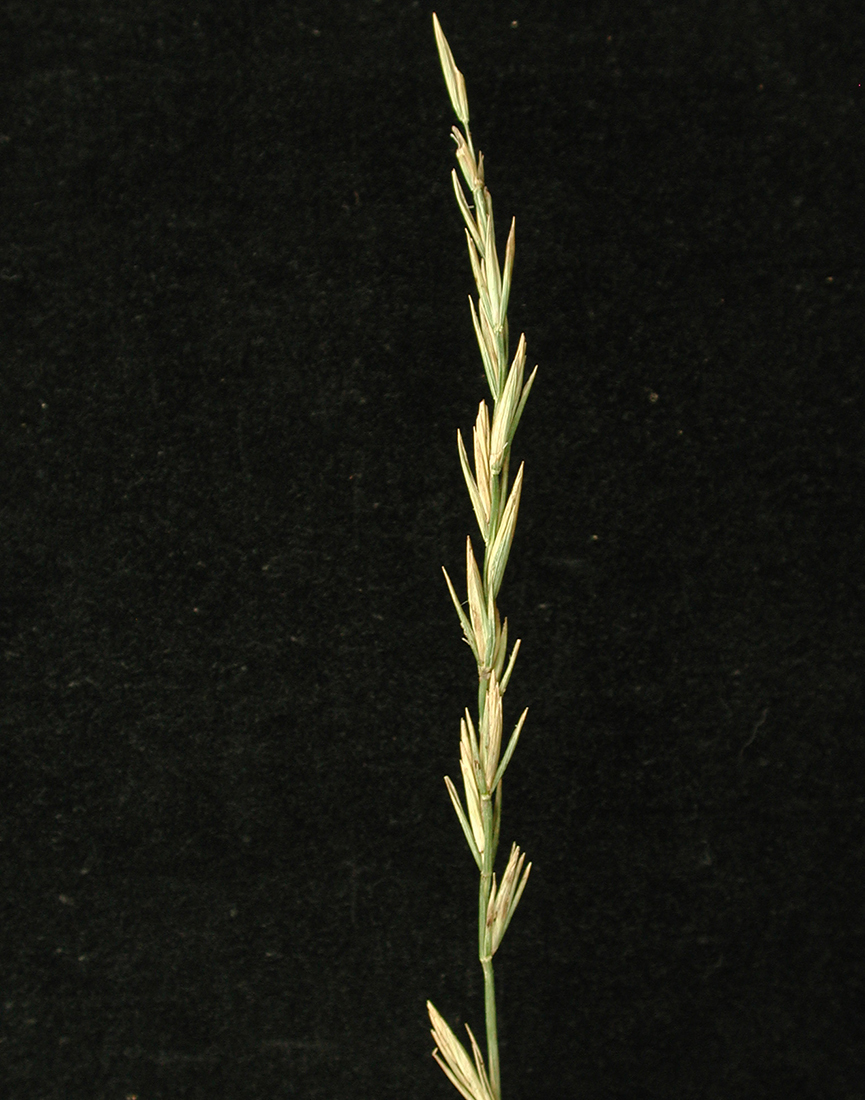
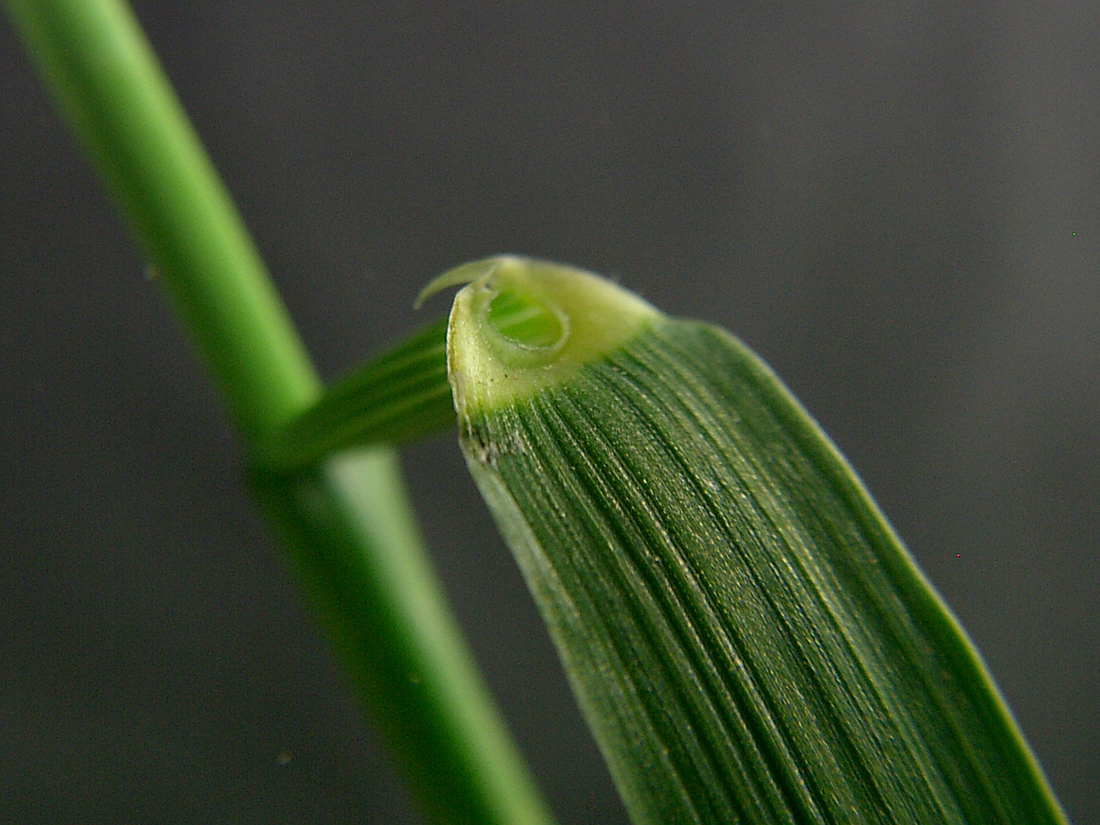
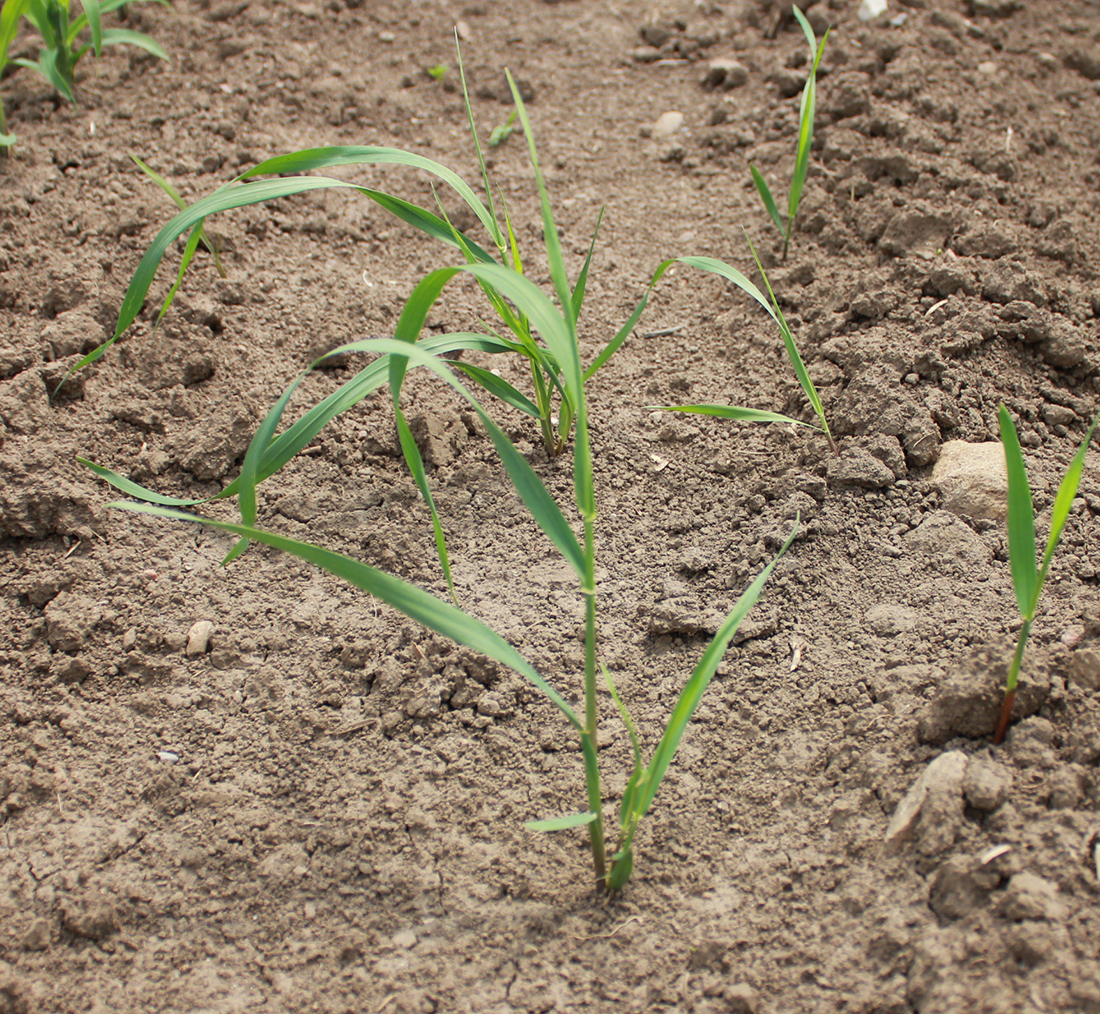
Updated: January 13, 2023
Published: January 13, 2023